News & Event


News & Event
News & Event
[The 106th KISTEP Wednesday Forum] Restrictive Regulations Hinder Technology Innovation, How Can We Solve It?
- Writer Kyungran Choi
- Date2019-06-14
- Hit1,082
File
-
Download
 20190614142919.jpg
(183.96KB / Download 203회)
20190614142919.jpg
(183.96KB / Download 203회)
KISTEP held the 106th Wednesday Forum with the theme of ‘Restrictive Regulations Hinder Technology Innovation, How Can We Solve It?’ on June 12th (Wed), 2019.
Recently, our society has experienced uniquely rapid technological changes, focusing on new technology fields such as artificial intelligence, blockchain and drones. On the other hand, regulations cannot keep up with the pace of technological change, and can be seen as a stumbling block to technological innovation. The forum was held to review the current status of regulations on the new technology field and the government's efforts to improve regulations, and to explore the future direction of innovation of the regulatory ecosystem in the new technology field.
Recently, our society has experienced uniquely rapid technological changes, focusing on new technology fields such as artificial intelligence, blockchain and drones. On the other hand, regulations cannot keep up with the pace of technological change, and can be seen as a stumbling block to technological innovation. The forum was held to review the current status of regulations on the new technology field and the government's efforts to improve regulations, and to explore the future direction of innovation of the regulatory ecosystem in the new technology field.
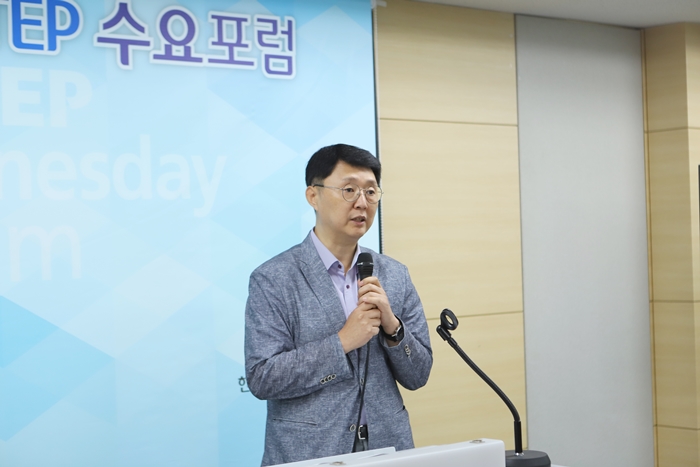
[▲ Byoung-Ho Son (Vice President, KISTEP)]
The forum began with an opening address by Vice President Byoung-Ho Son (KISTEP), followed by presentation by Woohyun Shim (Director, Division of International and Public Relations, Korea Institute of Public Administration (KIPA)). Panel discussion were led by Min Chang Lee (Professor, Chosun University), Hyuk Woo Lee (Professor, Pai Chai University), Jung Wook Kim (Director, Centre for Regulatory Studies, Korea Development Institute (KDI)), and JaeHoon Lee (Lawyer, Innovation Center for R&D Regulation and Management, KISTEP) and open floor discussion followed the last.
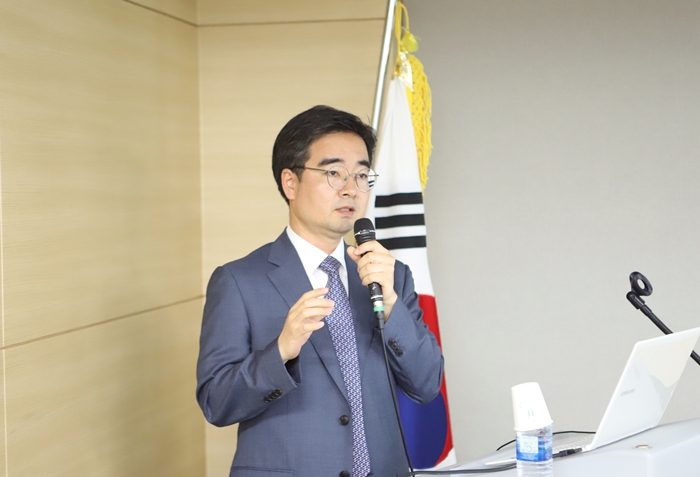
[▲ Woohyun Shim (Director, Division of International and Public Relations, Korea Institute of Public Administration (KIPA))]
Director Woohyun Shim said, “Regulations are generally made after new technologies are introduced, and even if they were reasonable at the time of enactment, they can become unreasonable regulations depending on the development of technologies," He emphasized that the regulatory ecosystem needs to be redesigned, because there are increasing uncertainties in regulatory impact due to the uncertainties from the perspective of S&T and business, increasing demands for cooperation among various regulatory organizations due to the development of technologies that can expand a technology to multiple uses, and increasing asymmetry of information between industries and the government.
He explained the government's efforts to improve regulations by dividing them into 1) regulatory system, 2) regulatory organizations and 3) regulatory environment. In the regulatory system section, he mentioned, “In order to transform the regulation system into a comprehensive negative one, the government is pushing to allow new technologies to be released in the market first and to establish pre-regulations if necessary.” He added the government's efforts such as making the legislative system more flexible, managing regulatory sandboxes and expanding the system of responsibility for regulatory approval. In the regulatory organizations section, he said, “Through the multi-ministerial cooperation, the government is pushing for a top-down strategy to first discover and improve regulatory issues for major high-priority leading programs.” In the regulatory environment section, he explained, “The government has prepared plans to improve regulations for the participation of the target group by seeking the regulatory issues through bottom-up process involving experts from industries, universities, and research institutes fields.”
He also suggested a number of innovation methods in regulatory ecosystem to respond to scientific and technological uncertainties. In the regulatory system section, he insisted to utilize a mix of principle-based and rule-based regulations, introduce risked-based regulation based on the assessment of probability and impact for deriving risk level, and implement ex-post regulatory methods. In the regulatory organization section, the need for a cooperation system was emphasized in order to develop an integrated regulatory management system and to eliminate information asymmetry. In the regulatory environment section, he claimed that improvement in regulations based on demands is necessary, and strengthening regulation equality for a fair competition environment is needed.
He explained the government's efforts to improve regulations by dividing them into 1) regulatory system, 2) regulatory organizations and 3) regulatory environment. In the regulatory system section, he mentioned, “In order to transform the regulation system into a comprehensive negative one, the government is pushing to allow new technologies to be released in the market first and to establish pre-regulations if necessary.” He added the government's efforts such as making the legislative system more flexible, managing regulatory sandboxes and expanding the system of responsibility for regulatory approval. In the regulatory organizations section, he said, “Through the multi-ministerial cooperation, the government is pushing for a top-down strategy to first discover and improve regulatory issues for major high-priority leading programs.” In the regulatory environment section, he explained, “The government has prepared plans to improve regulations for the participation of the target group by seeking the regulatory issues through bottom-up process involving experts from industries, universities, and research institutes fields.”
He also suggested a number of innovation methods in regulatory ecosystem to respond to scientific and technological uncertainties. In the regulatory system section, he insisted to utilize a mix of principle-based and rule-based regulations, introduce risked-based regulation based on the assessment of probability and impact for deriving risk level, and implement ex-post regulatory methods. In the regulatory organization section, the need for a cooperation system was emphasized in order to develop an integrated regulatory management system and to eliminate information asymmetry. In the regulatory environment section, he claimed that improvement in regulations based on demands is necessary, and strengthening regulation equality for a fair competition environment is needed.
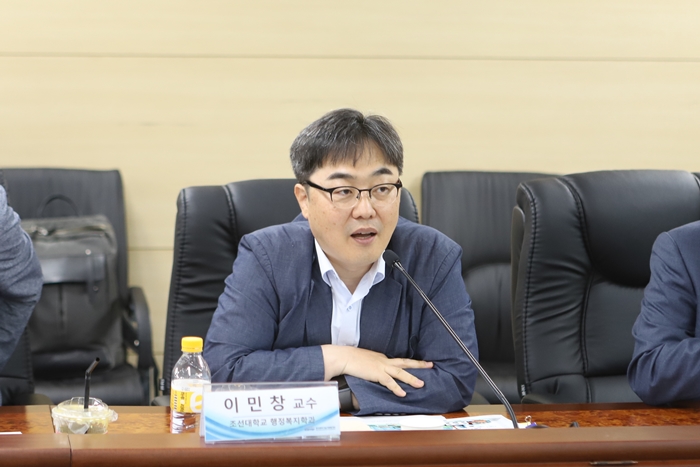
[▲ Min Chang Lee (Professor, Chosun University)]
In the panel discussion, Professor MinChang Lee said, “Pre-regulation even before the introduction of new technologies serves as a gatekeeper to market entry. This is not a right approach to regulation. The mechanism needs to be changed for enabling the current regulatory framework to operate ex-post regulation.” He added, “There is a need to build a collaborative system so that collaboration among regulatory organizations creates a positive synergy with each other, not a violation of rights between them.” Lastly, he said “Acceptive attitude is needed for regulations that have secured procedural legitimacy through scientific methods.”
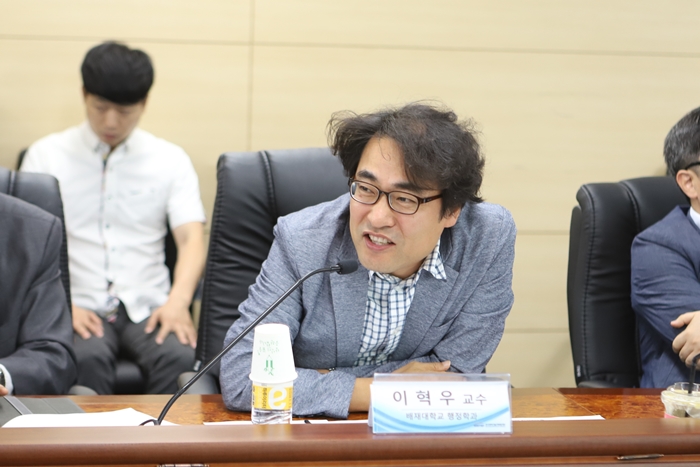
[▲ Hyuk Woo Lee (Professor, Pai Chai University)]
Professor Hyuk Woo Lee said, “Unleasing technology regulations is a ‘recovery’ of freedom, but the problem is that they are generally considered to be a ‘special benefit’ to the technology field,” and added that if there is a lack of understanding of regulations, improvement in individual regulation does not mean much. He mentioned, “We need to form a social consensus on why we have to regulate and reform." In addition, he emphasized the necessity for structural improvement and that the need for financial and human investment in regulatory reform.
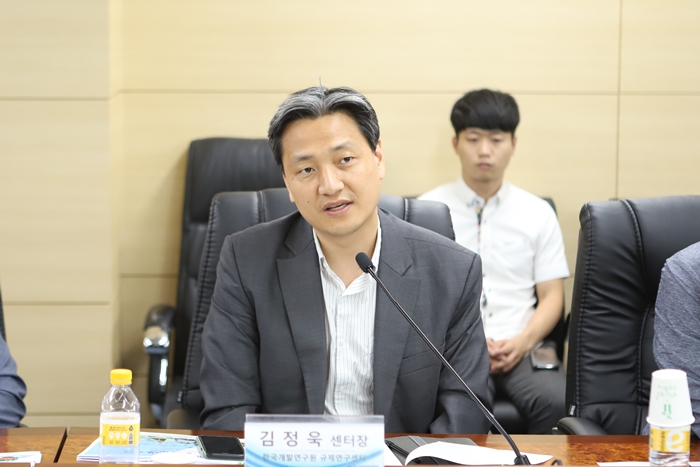
[▲ Jung Wook Kim (Director, Centre for Regulatory Studies, Korea Development Institute (KDI))]
Director Jung Wook Kim said, “It is still possible to operate a negative system. It’s just we don't do it.” He insisted that changes in the regulation culture that settled in should be made first. “The negative system can be operated on a trial basis without much effort if the related government officials are recognized as a regulatory platform outside of the framework of regulators and the regulated.” He stressed the change in regulatory bodies, and said, "It is also a matter of how to use new technologies for rational regulation beyond considering how to regulate them."
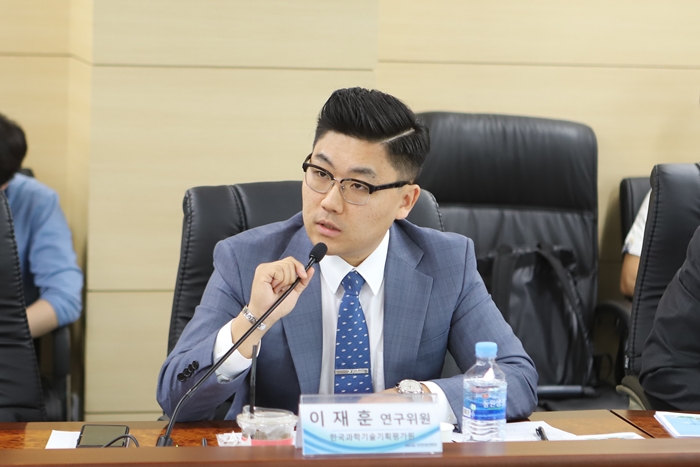
[▲ JaeHoon Lee (Lawyer, Innovation Center for R&D Regulation and Management, KISTEP)]
“First of all, the right standard of regulatory reform should be focused to improve the regulatory quality not just to revise large amounts of regulations.” said JaeHoon Lee (KISTEP). He insisted, “If we're not sure what are prohibited or allowed by regulations based on the standards of regulations, we can't do anything, so we need to make a plan or increase the predictability of implementing them correctly.” He also stressed the need to improve low enforcement and compliance by improving unrealistic regulations, and said, “No one keeps the unrealistic regulations and no one enforces them." Lastly, he insisted the overlapping regulations caused by keep of jurisdiction among regulators should be removed.